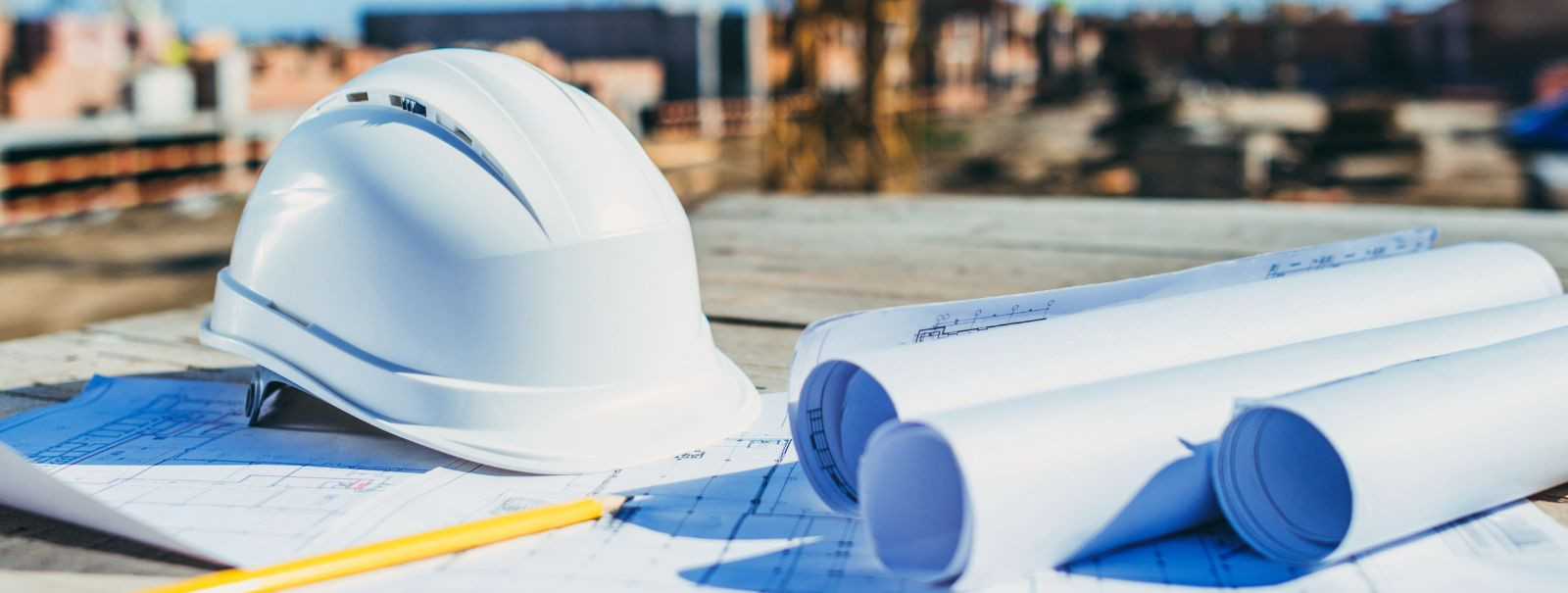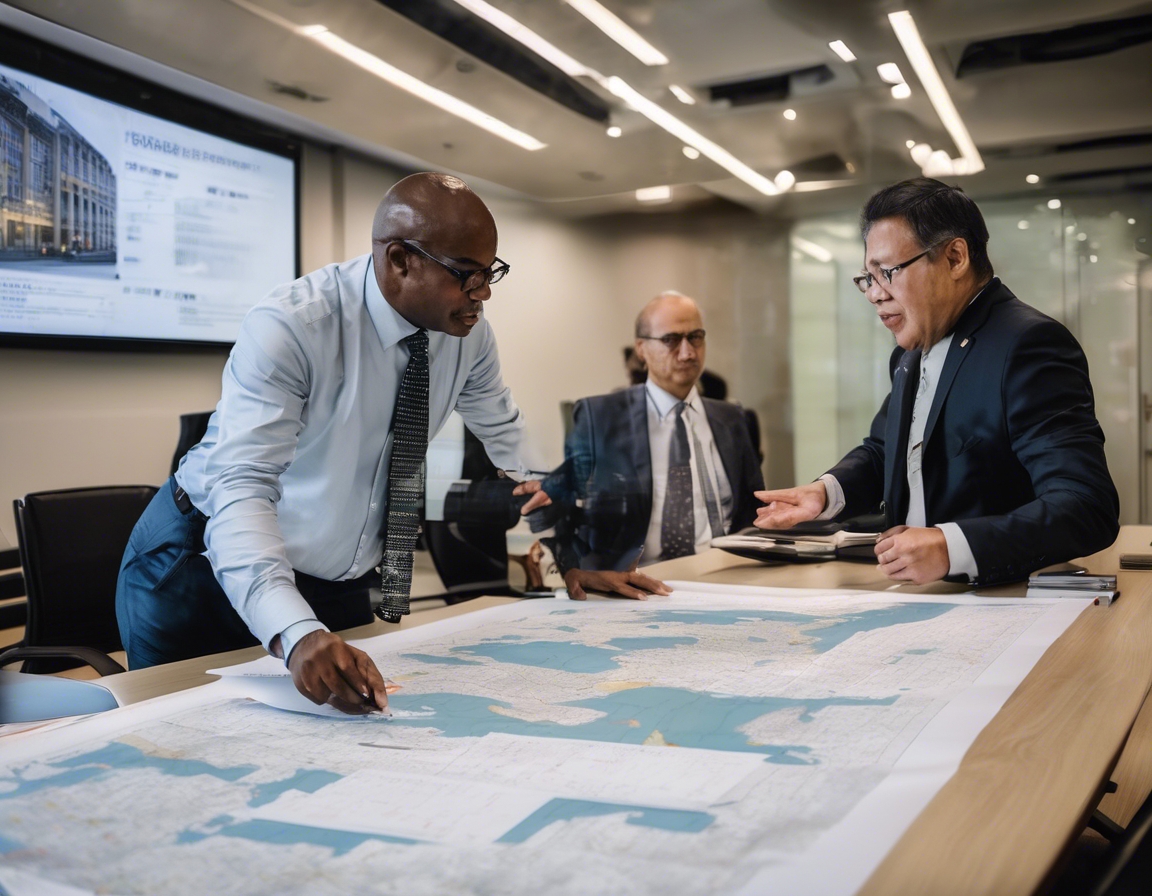The importance of detailed spatial planning in urban development
Spatial planning is a critical component of urban development, serving as the blueprint for how cities and towns are structured and grow. It involves the strategic allocation of land resources to meet the needs of the population while considering environmental, social, and economic factors. As urban areas continue to expand, the importance of detailed spatial planning becomes increasingly evident, ensuring that development is sustainable, efficient, and beneficial for all stakeholders.
2. The Role of Spatial Planning in Urban Development
One of the primary goals of spatial planning is to enhance the livability of urban areas. This involves creating spaces that are not only functional but also enjoyable for residents. By carefully planning the layout of residential, commercial, and recreational areas, urban planners can create environments that promote a high quality of life, with easy access to amenities, green spaces, and public transportation.
Sustainability is at the heart of modern urban development. Detailed spatial planning helps to ensure that growth is managed in a way that minimizes environmental impact and conserves resources for future generations. This includes integrating renewable energy sources, promoting energy-efficient building designs, and preserving natural habitats within urban settings.
Efficient land use is crucial in densely populated urban areas where space is at a premium. Spatial planning helps to optimize the use of available land, ensuring that it is used in the most effective way possible. This involves zoning regulations, density controls, and the strategic placement of infrastructure to support growth without unnecessary sprawl.
3. Key Components of Detailed Spatial Planning
Land use planning is a fundamental aspect of spatial planning, involving the designation of specific areas for residential, commercial, industrial, and recreational purposes. This ensures that land is used efficiently and that different land uses are compatible with one another, reducing conflicts and enhancing the overall functionality of urban areas.
Infrastructure planning is essential for supporting urban growth and development. This includes the planning of transportation networks, utilities, and public services. By anticipating future needs and integrating infrastructure planning into the spatial planning process, urban areas can ensure that they have the capacity to support their populations effectively.
Environmental considerations are a critical component of spatial planning. This involves assessing the potential environmental impacts of development and implementing measures to mitigate these impacts. It also includes the preservation of natural areas and the integration of green infrastructure, such as parks and green roofs, into urban environments.
Regulatory compliance is a key aspect of spatial planning, ensuring that development adheres to local, regional, and national regulations. This includes zoning laws, building codes, and environmental regulations. Navigating these complex regulatory environments can be challenging, but it is essential for ensuring that development is legal and sustainable.
4. Challenges in Spatial Planning
One of the main challenges in spatial planning is navigating the complex regulatory environments that govern urban development. This requires a deep understanding of the legal framework and the ability to work with various stakeholders to ensure compliance while achieving development goals.
Balancing the need for development with the need for conservation is a significant challenge in spatial planning. Urban planners must find ways to accommodate growth while preserving natural areas and minimizing environmental impacts. This requires innovative solutions and a commitment to sustainable development principles.
Technological innovations are transforming the field of spatial planning, offering new tools and techniques for designing and managing urban areas. However, integrating these technologies into existing planning processes can be challenging, requiring investment in new systems and training for planners.
5. The Future of Spatial Planning in Urban Development
The future of spatial planning in urban development is likely to be shaped by several key trends, including the increasing importance of sustainability, the integration of smart technologies, and the need for greater collaboration between stakeholders. As cities continue to grow and evolve, detailed spatial planning will be essential for ensuring that development is sustainable, efficient, and beneficial for all.






Comments (0)